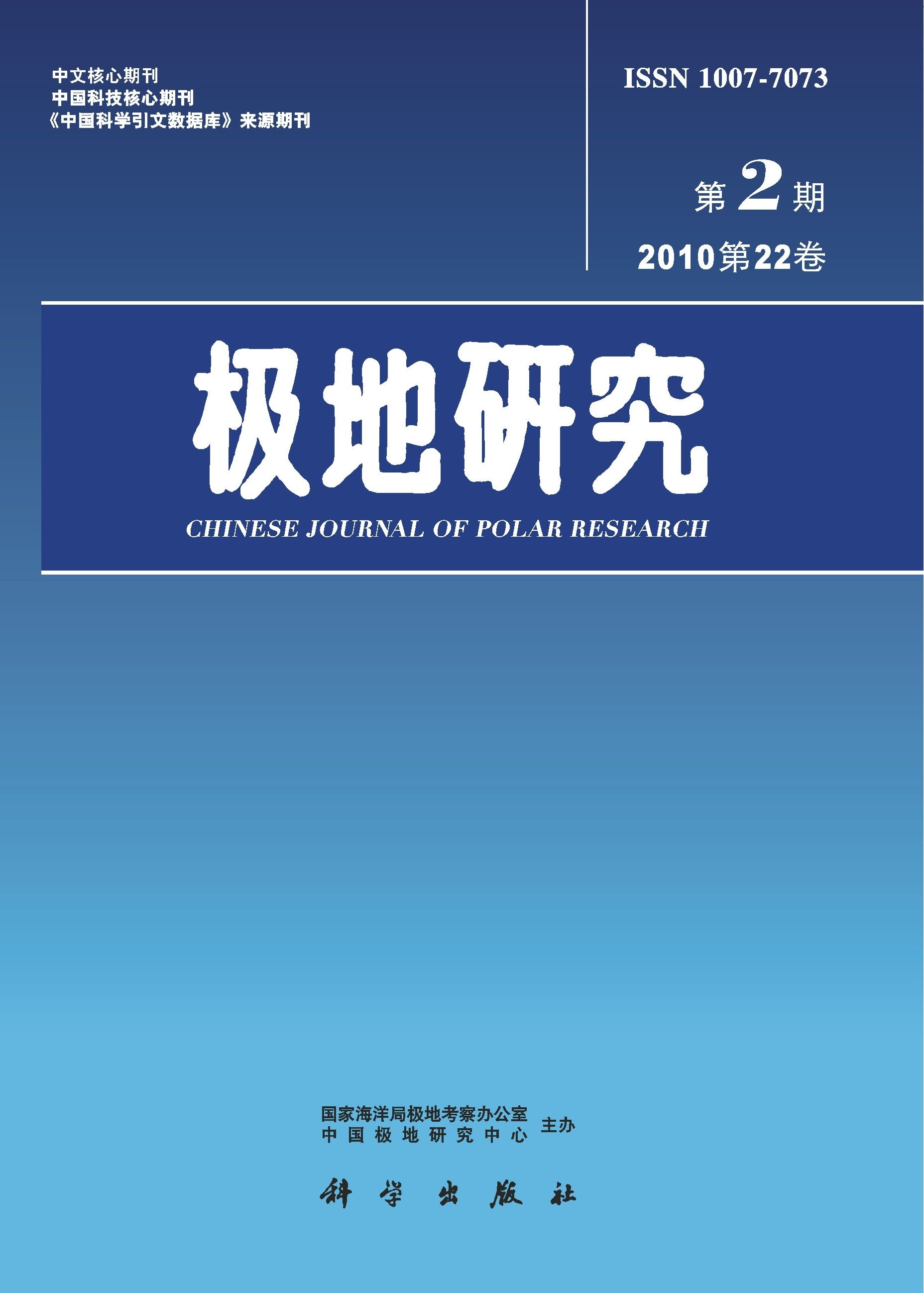The contents of selenium and mineral elements in Antarctic krill and domestic shrimp were determined by hydride generation atomic fluorescence spectrometry (HG-AFS) and inductively coupled plasma atomic emission spectrometry (ICP-AES), respectively. The results showed that Antarctic krill selenium content ranged from 2.48 to 4.15 mg/kg (average value: 3.32±0.73), which was 2—5 times higher than that in domestic shrimps. Meanwhile, the Antarctic krill P, Mg, and Zn was 14.31±0.45 mg/g, 6.18±0.16 mg/g and 153.9±5.7 mg/kg, respectively, which was approximately 1.5 time higher than that in domestic shrimps. Additionally, the Antarctic krill arsenic content ranged from 0.68 to 1.22 mg/kg, which was significantly lower than the national arsenic content standard GB4810-94 for seafood (≦2.0 mg/kg, as inorganic arsenic). The results revealed that Antarctic krill is not only a good food source of selenium and some other mineral elements, but also can be used as the raw materials of aquaculture feedstuff selenium additives and seleniumenriched food additives for the residents in selenium deficiency areas.

